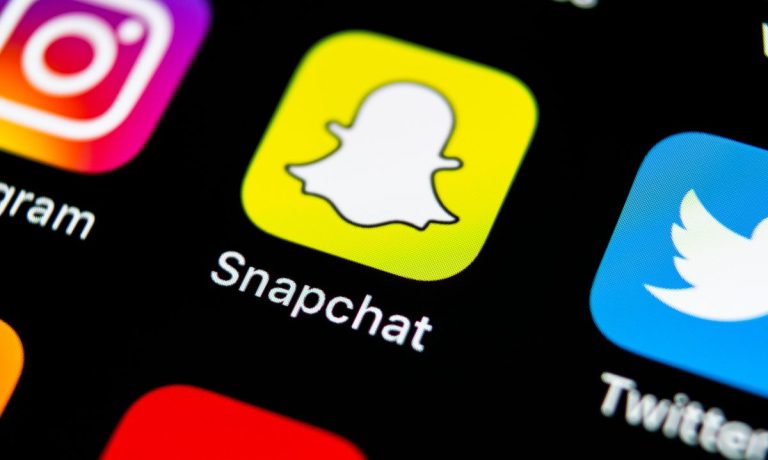
Given that shares of Snap had risen more than 150 percent over the past 12 months, one could argue that the $95 billion owner of social media site Snapchat was priced for perfection. But that would be wrong as the Santa Monica-based digital image sharing company caught pretty much everyone by surprise.
Not only did Snap’s Q2 revenues grow by 116 percent, but its tally of active users — its most important metric — rose by 23 percent to 293 million. That not only marked the best gains since its IPO in 2017, but also outpaced the growth of social media rivals Facebook and Twitter.
“Our second quarter results reflect the broad-based strength of our business, as we grew both revenue and daily active users at the highest rates we have achieved in the past four years,” said CEO Evan Spiegel. “We are pleased by the progress our team is making with the development of our augmented reality platform, and we are energized by the many opportunities to grow our community and business around the world.”
It’s a great turnaround for a social media service that, as of December 2019, was reporting a share price of about $5 and drawing increasing concerns that perhaps it wasn’t cut out to be a standalone company after all. Those concerns Snap seems to have put to bed over the course of the pandemic as its share price has increased 12-fold as homebound consumers turned to the service. Snap saw the vast majority of its Q2 growth coming from outside its core markets of North America and Europe. That shift in demographic draw creates a mixed win for the photo-focused social sharing app, as its new users come from markets that are not quite as immediately monetizable with advertising.
But by the numbers, Snap had a much stronger than expected Q2 across the board. Apart from the larger than expected daily users bounce, Snap’s quarterly revenue came in at $982 million vs. $846 million forecast by analysts pre-earnings release. EPS clocked in at 10 cents a share instead of the widely forecast 1 cent loss, while the average revenue per user (ARPU) was $3.35 vs. $2.92 per expected.
Snap also saw its average daily content submissions more than triple, while daily time spent per user in the U.S. grew by over 60 percent quarter-over-quarter. Snap also called out its attempts to help its creators increase their capability to monetize their content offers — via new add-ons on the platform with recent additions such as Gifting with Snap Tokens, designed to enable “creators to build personal connections with their fans.
The social brand also called out its increasingly extensive creep into commerce over the last quarter, such as the release of TrueSize technology, designed to improve eyewear sizing and wrist tracking technology for accurate watch try-on and the expansion of its Snap Scan, into areas such as fashion and food. According to Snap, the feature is already used by more than 170 million Snapchatters every month to “identify dog breeds and plants, discover recipes, and shop for clothing.” Snap also called out its Q2 Salesforce integration, which allows brands to leverage their first-party data to reach Snapchatters with relevant ads.
Snap had an incredibly solid quarter by any accounting, though not one without some clouds on the horizon. While Snap noted that Apple’s privacy policy had a somewhat muted effect during the quarter given its delayed rollout, the concern still lingers that when offered an option to switch off the app’s data-tracking functionality, consumers will take it, thus limiting the app’s (and other apps like it) ability to present advertisements tailored to consumers.
Snap addressed those concerns in its earning remarks, noting that the firm enjoyed “higher opt-in rates than we are seeing reported generally across the industry, which we believe is due in part to the trust our community has in our products and our business,” Jeremi Gorman, Snap’s chief business officer, said in her prepared remarks. Gorman noted the additional time they were given to prepare “to navigate the transition.”
Snap further noted that resurgences of COVID-19 in the U.S. and around the world makes the rest of the year a bit more challenging to predict, but that overall, the company is looking for a big finish to 2021 with year-over-year revenue growth of 58 percent to 60 percent for the third quarter and expectations it will have 301 million daily active users in Q3.
“This range reflects our best current estimate of the potential impact of anticipated disruptions associated with the iOS platform changes,” Snap Chief Financial Officer Derek Andersen said in his prepared remarks.
The market, unsurprising, like what it saw out of SNAP a lot when earning broke as the firm’s stock price shot up 17 percent in after-hours trading and was hovering around $74.12 as of 8 p.m. ET.